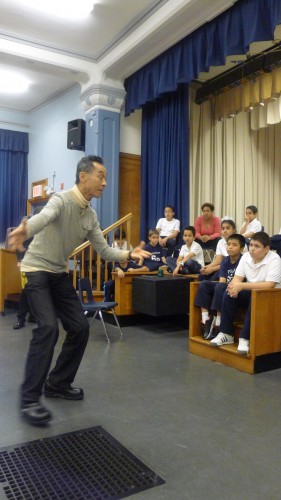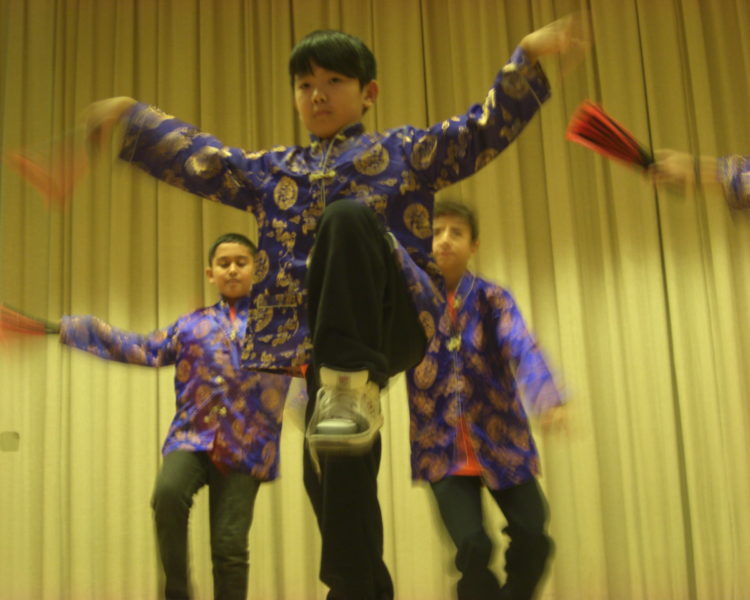
Our dance education programs explore traditional and contemporary dance forms, sometimes together, and help students to make connections across disciplines and subject areas. In addition to drawing on the expertise of their teaching artist, students and teachers are provided with books, films, and recordings to provide background and to assist them in better integrating the dance content into their classroom curriculum. Lessons and rehearsals are structured to allow peer feedback, and writing exercises after the workshops enable students process and articulate the creative work. Our dance residencies have also included field trips to a Chinese dance studio and a Brazilian capoeira studio, as well as to the American Ballet Theater and to Martha Graham Center of Contemporary Dance. All dance residencies culminate in a student performance in the school for fellow students and parents.
We currently offer three artist in residency programs in dance:
Traditional & Folk Dance
Instruction in traditional or folk dance in which students learn basic steps, the cultural and geographical influences on the movements (like in folk dances of the Mexican states of Michocan, Guerrero, and Veracruz), the relationship of dance to the music and instruments used (like the berimbau in capoeira), and its social context (such as the African dance movements in kwe kwe as practiced in Guyana).

Dance Theater
Using dance to tell a story, such as choreography that retells children’s literature, folktales, or a historical event such as the Mexican Revolution or the immigration of Haitians to the United States.
Kaleidoscope Dance
Two artists co-teaching traditional and contemporary versions of the same dance, noting where, how, and why changes were made in the dance or movements were carried from one culture to another.



